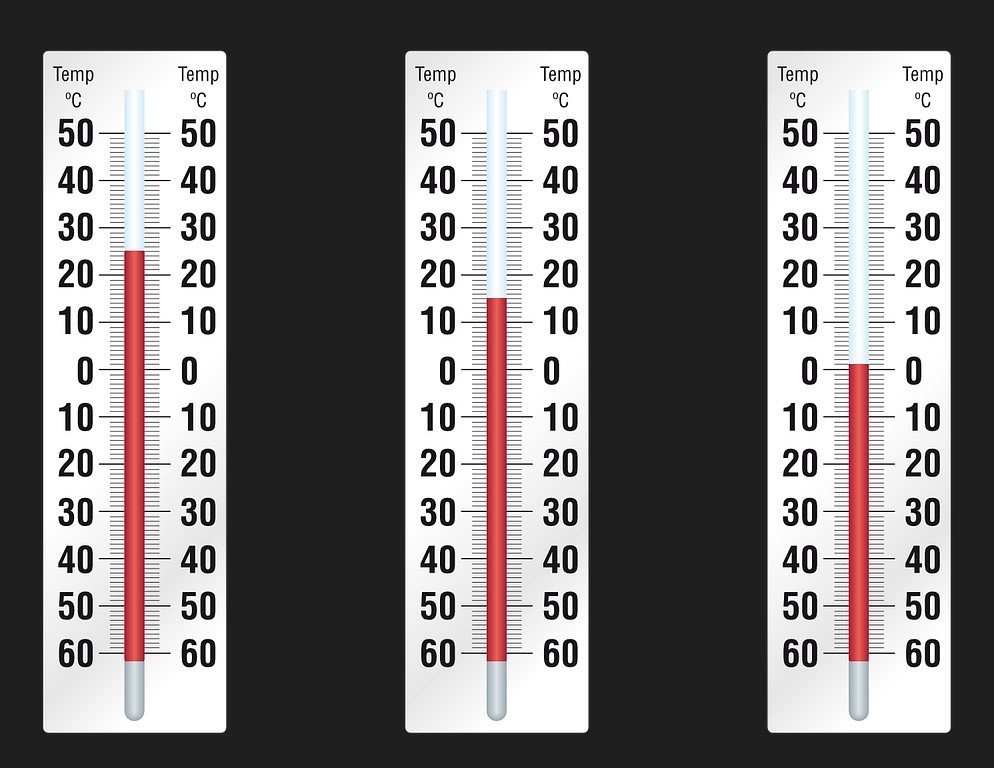As an experienced data entry professional, I understand how important this task is in the world of business. Data entry forms the backbone of many critical processes, from record-keeping to decision-making. With so much at stake, it’s essential to learn the most efficient way to perform data entry. This article will guide you through the best practices, tools, and techniques that can help you excel in this field.
What makes data entry more efficient and less time-consuming? The key is to combine the right tools with proven techniques to improve speed and accuracy. By learning and implementing these methods, you’ll be able to complete data entry tasks in a fraction of the time while maintaining high standards of quality. Additionally, understanding common pitfalls and how to avoid them will save you from costly errors. So, without further ado, let’s dive into the world of efficient data entry and explore how you can become a master at it!
What Is Data Entry and Why Is It Crucial for Businesses?
Data entry is the process of inputting, updating, and maintaining data in various forms such as spreadsheets, databases, or documents. This seemingly simple task plays a vital role in ensuring that businesses have accurate and up-to-date information to make informed decisions, maintain records, and improve overall efficiency.
Data entry tasks can encompass a broad range of activities, from entering customer details into a CRM system to updating financial records in accounting software. Regardless of the specific task, data entry professionals must be detail-oriented, quick, and accurate in their work to minimize errors and ensure data integrity. With the rapid advancement of technology, data entry has evolved to include not only manual input but also automated methods such as Optical Character Recognition (OCR) and data scraping tools.
According to a study by IBM, poor data quality costs US businesses around $3.1 trillion per year. This staggering figure highlights the importance of accurate data entry and its impact on a company’s bottom line. By investing in efficient data entry processes and skilled professionals, businesses can significantly reduce errors, enhance productivity, and ultimately save time and money.
Top 5 Tools That Make Data Entry Faster and Easier
As data entry professionals, we are always on the lookout for tools that can help us work more efficiently. With the right tools in place, you can significantly speed up your data entry tasks while maintaining accuracy. So, what are the top tools that can make data entry faster and easier? Let’s explore the list below:

The Most Efficient Way to Perform Data Entry: A Comprehensive Guide
-
Microsoft Excel: This versatile spreadsheet software is a must-have for any data entry professional. Excel offers numerous features like data validation, filters, and sorting, which can improve your data entry process. Additionally, you can use macros and Visual Basic for Applications (VBA) to automate repetitive tasks.
-
Google Sheets: Similar to Excel, Google Sheets is a cloud-based spreadsheet application that allows for easy collaboration and real-time editing. It also supports add-ons and scripts, enabling you to customize and automate various data entry tasks.
-
Optical Character Recognition (OCR) Tools: OCR tools, such as Adobe Acrobat and ABBYY FineReader, convert scanned documents or images into editable text. By using OCR, you can save time on manual data entry and reduce the risk of errors.
-
Text Expander Software: Tools like PhraseExpress and TextExpander help you create custom keyboard shortcuts for frequently used phrases or strings of text. This not only speeds up data entry but also ensures consistency across your work.
-
Data Scraping Tools: Web scraping tools, such as Import.io and Scrapy, allow you to extract data from websites and save it in your desired format. These tools can be especially useful when dealing with large volumes of online data.
By leveraging these powerful tools, you can optimize your data entry workflow, making it faster, easier, and more accurate. Choose the ones that best suit your needs and start reaping the benefits of increased efficiency in your data entry tasks.
Essential Tips for Accurate Data Entry
Maintaining accuracy in data entry is crucial for businesses to make informed decisions and avoid costly mistakes. So, how can you ensure that your data entry tasks are both efficient and accurate? Here are some essential tips for accurate data entry that will help you minimize errors and improve the overall quality of your work:
- Double-Check Your Work: Always review your entries before submitting or saving them. This helps identify any errors or inconsistencies early on, allowing you to correct them immediately.
- Use Data Validation Tools: Employ tools like Microsoft Excel’s data validation feature to set rules and restrictions for data entry, ensuring that only valid information is entered.
- Stay Organized: Keep your workspace clutter-free and organized, as a tidy environment can help reduce distractions and improve focus on the task at hand.
- Maintain Consistency: Follow a standard format or style guide for data entry tasks, as this can help prevent discrepancies and ensure uniformity across all records.
- Take Regular Breaks: Taking short breaks throughout the day can help prevent fatigue and maintain mental sharpness, reducing the likelihood of errors.
- Implement Quality Control Measures: Establish a system for regular audits or peer reviews of your data entry work to catch errors and maintain high standards of accuracy.
By incorporating these tips into your daily data entry routine, you can significantly improve the accuracy of your work and contribute to the overall success of your business.
How to Boost Your Data Entry Speed
Increasing your data entry speed is essential for improving productivity and overall efficiency. By following a few simple steps, you can enhance your data entry skills and complete tasks more quickly without sacrificing accuracy. In this subheading, we’ll explore some practical tips on how to boost your data entry speed.
To improve your data entry speed, follow these steps:
- Learn Keyboard Shortcuts: Familiarize yourself with common keyboard shortcuts for the software you use. This can help you navigate and enter data more quickly, minimizing the need to switch between the mouse and keyboard.
- Improve Typing Skills: Practice touch typing and aim for a consistent typing speed with minimal errors. Online tools like TypingClub and Keybr can help you develop your typing skills.
- Organize Your Workspace: A clutter-free and ergonomic workspace can help you focus better and work more efficiently. Make sure your desk and chair are comfortable, and position your monitor at eye level.
- Break Down Tasks: Divide your data entry tasks into smaller segments, and focus on completing each segment accurately and quickly before moving on to the next one.
- Use Auto-Complete and Text Expansion Tools: Leverage auto-complete features in software like Excel and Google Sheets, as well as text expansion tools like PhraseExpress, to save time on repetitive phrases or entries.
- Monitor Your Progress: Keep track of your data entry speed and set goals for improvement. Regularly evaluate your progress and adjust your techniques as needed.
By following these steps, you can significantly increase your data entry speed, allowing you to complete tasks more efficiently and contribute to the success of your business.
Common Data Entry Mistakes and How to Avoid Them
Even the most experienced data entry professionals can make mistakes. In this subheading, we will discuss some common data entry errors and provide guidance on how to prevent them. By being aware of these pitfalls and implementing best practices, you can maintain high levels of accuracy in your work.
One common data entry mistake is typing errors. These can occur due to carelessness, fatigue, or simply overlooking a mistake while typing. To avoid typing errors, ensure that you are well-rested and focused before starting your data entry tasks. Additionally, double-check your work, and consider using spell-check tools or software with built-in error detection features.
Another frequent issue is inconsistency in data formatting. This can lead to confusion and misinterpretation of the data. To maintain consistency, establish a standard format or style guide for your data entry tasks and stick to it. Also, use templates and data validation features in spreadsheet software to ensure uniformity across records.
Finally, misunderstanding field requirements can result in incorrect data entry. To avoid this, familiarize yourself with the specific requirements of each field, such as data types, character limits, and accepted formats. If you are unsure about any aspect of the task, do not hesitate to ask for clarification from your supervisor or team lead.
By being aware of these common data entry mistakes and taking proactive measures to prevent them, you can significantly improve the quality and accuracy of your work. This, in turn, will contribute to the overall success of your business.
The Future of Data Entry: Automation and AI
The future of data entry is poised to be transformed by advancements in automation and artificial intelligence (AI). These technologies are rapidly evolving and have the potential to revolutionize the way businesses handle data entry tasks, leading to increased efficiency, reduced errors, and significant cost savings.
Automation has already made its mark in the field of data entry with tools like Optical Character Recognition (OCR) and Robotic Process Automation (RPA). OCR converts scanned documents or images into editable text, reducing manual data entry workload. On the other hand, RPA uses software bots to automate repetitive tasks, streamlining processes and freeing up human resources for more value-added tasks.
AI-powered solutions are also gaining traction in the data entry domain. Machine learning algorithms can be trained to identify patterns, extract information, and predict trends from large datasets with a high degree of accuracy. These AI-driven systems can also learn from their mistakes and improve over time, leading to even greater efficiency and precision.
As businesses continue to adopt automation and AI technologies, the role of data entry professionals is expected to evolve. While some tasks may become automated, there will still be a need for skilled individuals who can manage and maintain these systems, ensuring data integrity and quality. Additionally, data entry professionals may find themselves taking on more strategic roles, analyzing and interpreting data to support decision-making processes.
The future of data entry will likely be shaped by the integration of automation and AI technologies. This shift will not only enhance the efficiency and accuracy of data entry tasks but also redefine the role of data entry professionals in the modern business landscape.
To Wrap Up
In conclusion, data entry plays a crucial role in the success of businesses, ensuring that accurate and up-to-date information is available for decision-making. By adopting best practices, leveraging powerful tools, and staying informed about the latest technological advancements, you can optimize your data entry processes, minimize errors, and contribute to the overall success of your organization.
As we move forward, automation and AI will continue to shape the future of data entry, offering even more efficient and accurate solutions. Embracing these innovations will not only make your job easier but also open up new opportunities for growth and success, putting a smile on your face as you witness the positive impact on your business.
Frequently Asked Questions
[faq-schema id=”1032″]
















